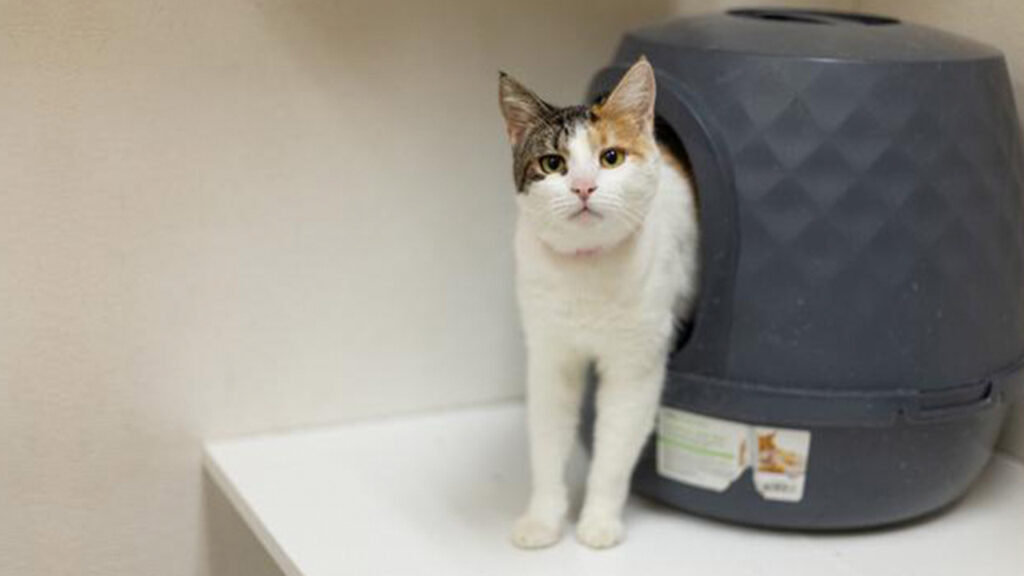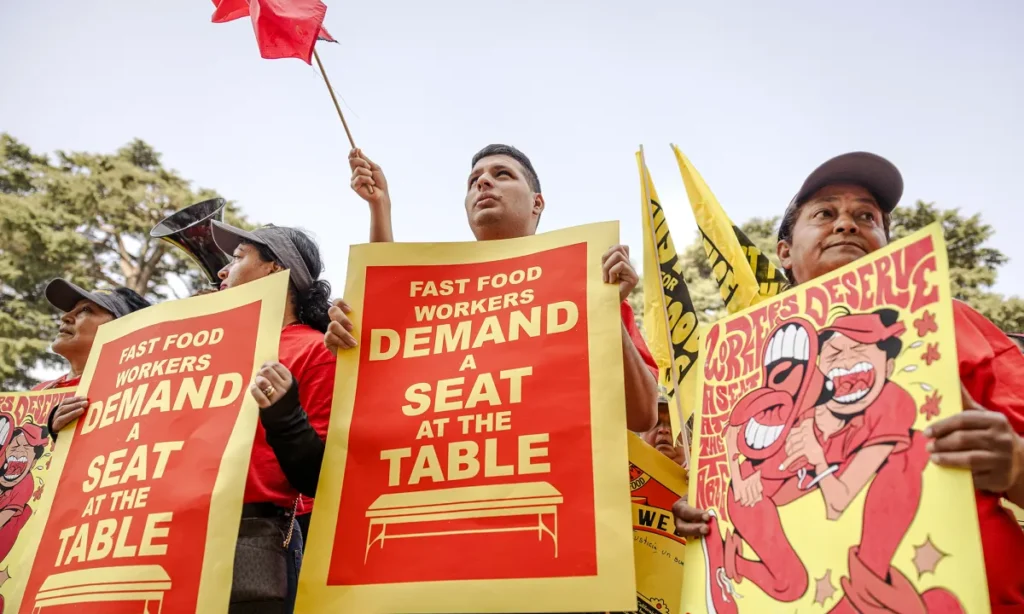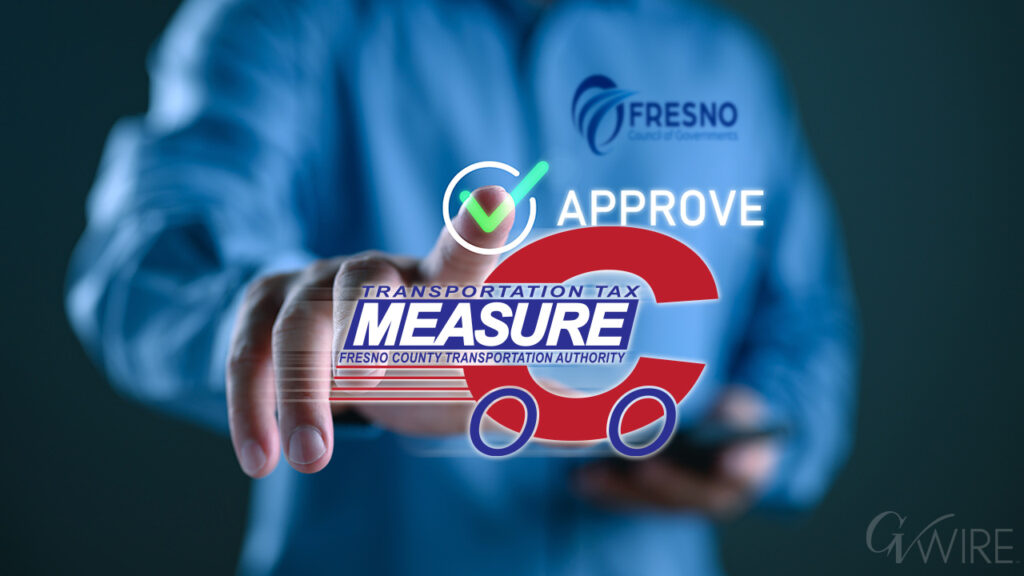California's new heat protection rules aim to safeguard indoor workers from rising temperatures, but state correctional facilities are exempted. (AP File)

- The regulations aim to prevent heat-related illnesses and deaths among indoor workers.
- Employers will need to provide cooling measures and monitor for signs of heat illness.
- The rules have been applauded as urgent and overdue by labor organizations and state agencies.
Share
|
Getting your Trinity Audio player ready...
|
LOS ANGELES — On the first day of summer with parts of California sweltering under a heat advisory, a state worker safety board approved standards Thursday that would require employers to protect workers from indoor heat, but would exempt state correctional facilities.
The board of the California Division of Occupational Safety and Health first passed indoor heat rules in March. However, Democratic Gov. Gavin Newsom’s administration blocked them over concerns about costs to prisons and other state entities.
The amended rules, which stand to impact about 1.4 million workers and 196,000 establishments, need final approval from the Office of Administrative Law to take effect. And after Thursday’s vote, Cal/OSHA board chair Joseph M. Alioto Jr. requested that the office expedite that step.
Related Story: Anti-Unemployment Fraud Measures in California Face Scrutiny
Heat Rules to Prevent Illnesses and Deaths
The heat rules are intended to prevent or reduce illnesses, injuries, permanent disabilities and deaths related to heat stress for greenhouse and warehouse workers, kitchen staff, teachers, custodians, bartenders and others. California is one of a few states, including Oregon and Minnesota, to establish indoor worker protections.
The rules come as global warming raises temperatures and in the absence of federal heat standards for workers in the U.S.
Amid this week’s record-breaking heat scorching the Midwest and Northeast, employers are providing safety measures to workers to protect them from extreme heat. Between 2012 and 2022, 418 people died from work-related exposure to heat across industries, according to the U.S. Bureau of Labor Statistics.
Related Story: Scorching Temperatures Will Raise Heat Risk This Weekend. How Hot Will It Get?
Regulations for Workplaces
The regulations would apply to workplaces such as warehouses, schools and kitchens. Employers will need to cool work spaces or adjust tasks or schedules to reduce risk of heat illness when temperatures or the heat index reach 87 degrees Fahrenheit (30.5 Celsius) — or 82 degrees (about 28 Celsius) where workers wear restrictive attire.
At 82 degrees, workers would have a right to water, breaks and cooling-off areas. Employers will also have to monitor for signs of heat illness.
Employees exposed to temperatures from 82 to 94 degrees Fahrenheit (30.5 to 34.5 Celsius) for less than 15 minutes during an hour would be exempt.
California adopted heat protection rules for outdoor work such as agriculture and construction in 2006. But tackling indoor heat protections has taken years even though the state passed legislation in 2016 to draft standards for indoor workers and, officials say, the number of reported heat-stress related incidents in indoor workplaces has increased in recent years.
During public comments, labor organizations and local and state agencies applauded the rules, calling them urgent and overdue as summer temperatures soar and workplaces get hotter from climate change.
Related Story: Climate Change Made Killer Heat Wave in Mexico, Southwest US Even Warmer and 35 ...
“The standard will help workers … stay safe from increasing threat of high heat on the job … especially as we continue to see record-breaking heat and heat-related deaths on the rise,” said Alice Berliner from the Los Angeles County Department of Public Health.
Colleen Koperek, an organizer with the workers center Restaurant Opportunities Centers United, said she suffered from heat illness due to extreme indoor temperatures as a pastry chef. “I had to quit, effectively ending my career… No worker should have to risk their health for their job,” she said.
Robert Moutrie from the California Chamber of Commerce expressed concern that small employers who rent and neither control nor measure indoor temperatures will not be able to provide required cool-down areas.
Others opposed exclusion of correctional facilities from the regulations.
AnaStacia Nicol Wright, policy manager with the workers rights organization Worksafe, said the California Department of Corrections and Rehabilitation alone employs thousands of staff, including officers, health care professionals and maintenance workers across dozens of institutions. “These workers are at risk of heat exhaustion and dehydration due to working in often archaic, poorly ventilated buildings with little protection from temperatures and that will only worsen in the coming years,” Wright said.
The state estimates it will cost businesses approximately $1 billion to comply with the rules over the next 10 years.



















